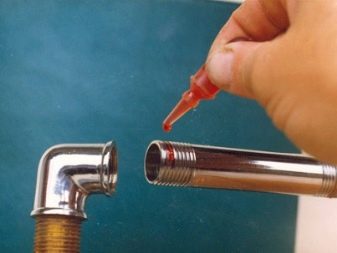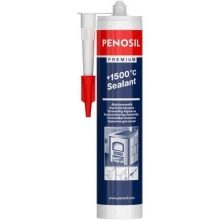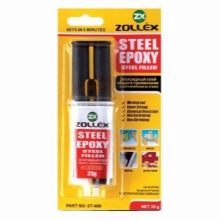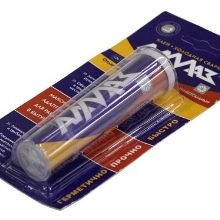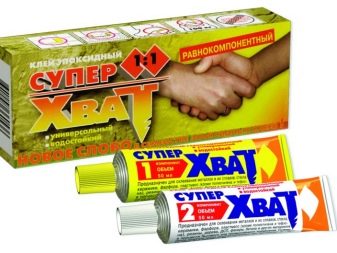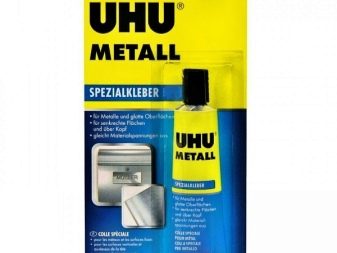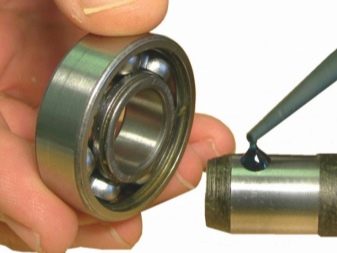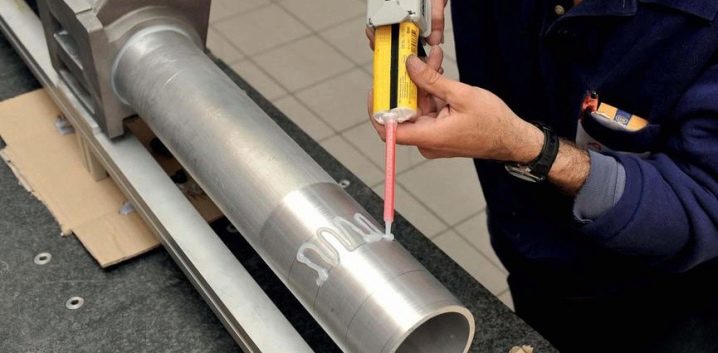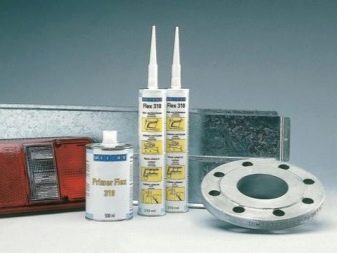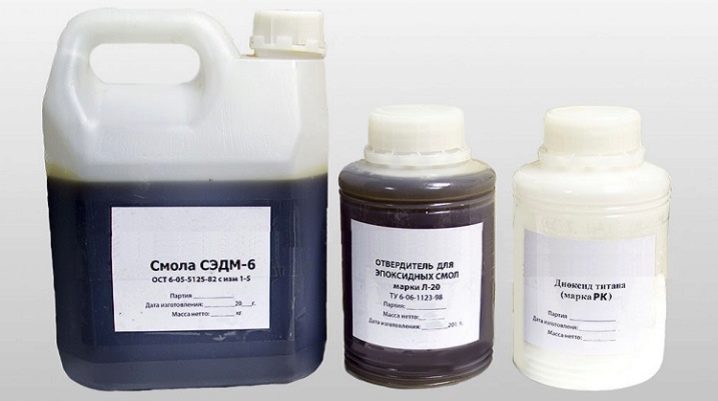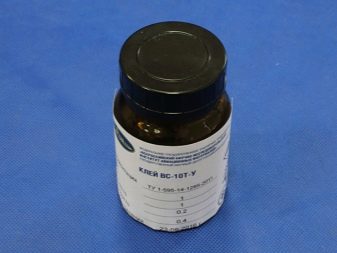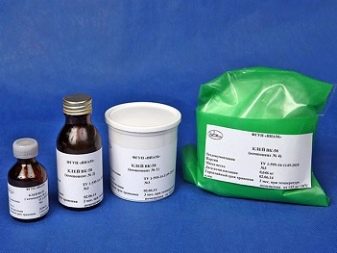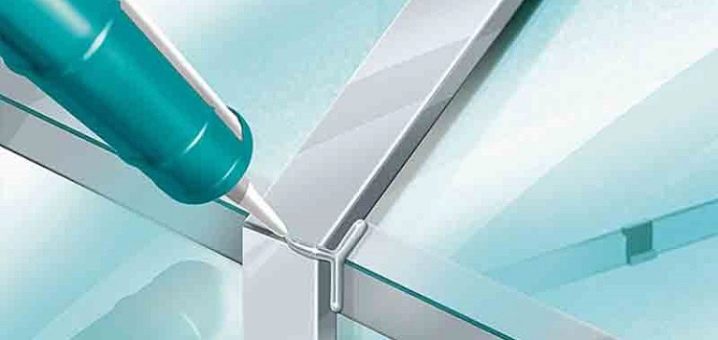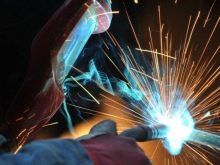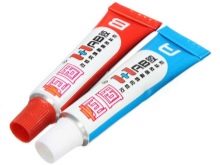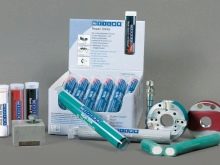Heat-resistant glue for metal: technical characteristics
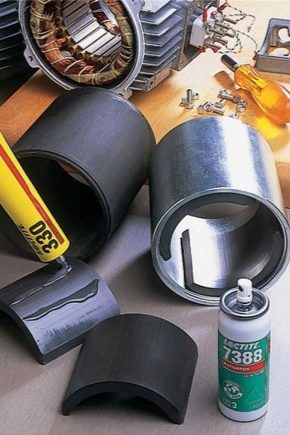
Heat-resistant glue for metal is a popular means of household and construction chemicals. It is widely used in the field of auto repair and plumbing, as well as to restore the thread and seal cracks in the metal. For high reliability of bonding and long service life of repaired structures, the glue was called “cold welding” and firmly entered into modern everyday life.
Technical characteristics of heat-resistant glue of different brands
Heat-resistant glue is a solid or liquid composition consisting of epoxy resin and metal filler.
- The resin acts as the main component that serves to bind the elements.
- Metallic filler is an important element of the mixture, giving high heat resistance and reliability of the bonded construction.
In addition to the main substances in the composition of the glue, there are modifying additives, plasticizers, sulfur and other elements that give the glue the necessary texture and regulate the setting time.
The initial drying of the glue varies from 5 minutes for Penosil products to 60 minutes for Zollex glue. The time of complete drying of these compounds is 1 and 18 hours, respectively. The maximum temperatures of operation of the adhesive start from 120 degrees at Penosil and end with 1316 degrees at the high temperature model Diamond. The average maximum temperature of most compositions is 260 degrees.
The cost of products depends on the manufacturer, form of release and operational properties of the adhesive. Among the budget options can be noted "Spike", used for bonding ferrous and non-ferrous metals and manufactured in tubes with a capacity of 50 g. It can be purchased for 30 rubles.
Domestic brand "Super Hold" has the best value for money. There is a composition in the range of 45 rubles per 100 g. Compositions with a narrow specialization are more expensive.For example, the cost of a 300 gram package of VS-10T is about two thousand rubles, and the brand composition of UHU Metall costs about 210 rubles for a 30 gram tube.
Advantages and disadvantages
High consumer demand and a wide range of applications due to a number of indisputable advantages of heat-resistant glue.
- The availability and reasonable cost of formulations make glue even more popular in the consumer market.
- For gluing parts by cold welding does not require professional skills and special welding equipment.
- The possibility of repair work without removing and dismantling the repair parts.
- The fast time of complete drying of some models allows you to repair yourself and in a short time.
- Unlike traditional welding, the compositions do not have a thermal effect on the metal components, which is convenient when repairing complex mechanisms and sensitive units.
- High quality of connection guarantees the continuity of the fastened elements even under the influence of mechanical loads.
- With the help of hot melt glue a refractory and heat-resistant seam is formed.This is important in the repair of metal structures that operate at temperatures in excess of 1000 degrees.
- No need for additional treatment of the seam, such as grinding and leveling. This is an advantage of the glue of this group over electric and gas welding.
- The possibility of bonding metal with products from rubber, glass, plastic and wood.
The disadvantages of heat-resistant glue for metal include the inability to eliminate major damage and malfunctions with it. There is also a long time of complete drying of some compositions, and an increase in the timing of repairs. The surfaces to be bonded must be thoroughly prepared using degreasing and washing the working surfaces.
Kinds
In the modern market hot melt glue for metal is represented in a wide range. Models differ in composition, purpose, maximum operating temperature and cost. There are both universal compounds used to work on any metal surfaces, and highly specialized tools.
To the most popular and common are several brands of glue.
- "K-300-61" - a three-component agent consisting of an epoxy organic silicon resin, an amine filler and a hardener. The material is applied in several layers on a surface previously heated to 50 degrees. Consumption in the formation of a single layer is about 250 grams per square. The period of complete drying directly depends on the temperature indicators of the base and varies from 4 to 24 hours. Available in banks with a capacity of 1.7 liters.
- "VS-10T" - glue, consisting of special resins with the addition of organic solvents. The composition includes additives of quinolia and urotropin, allowing the composition to withstand a temperature of 200 degrees for 200 hours and 300 degrees for 5 hours. The adhesive has good fluidity, which allows it to be used at low pressure. After mounting on a previously prepared surface, the composition is left for one hour, during which the solvent is completely evaporated. Then the parts to be glued are placed under a press with an exhibited pressure of 5 kg / sq. m. and cleaned for two hours in a heating chamber with a temperature of 180 degrees. Next, the structure is removed and left to cool naturally.Operation is possible 12 hours after bonding. The price of 300 grams of the composition is 1920 rubles.
- "VK-20" - polyurethane glue, having in its composition a special catalyst that can withstand short thermal effects up to 1000 degrees. Glue can be used at home without pre-heating the surface. But in this case, the full drying time can be 5 days. Heating the base to 80 degrees will significantly speed up the process. The material forms a waterproof seam and allows you to make the surface whole and airtight. The viability of a freshly prepared mixture is 7 hours.
- "Maple-812" - household or semi-professional composition, reliably connecting metal with plastic and ceramic bases. The minus of the model is the fragility of the formed seam, which allows it to be used on surfaces that are not subjected to deformation during operation. The period of solidification of the layer at room temperature is 2 hours, and the final gluing and drying of the solution when the substrate is heated to 80 degrees is 1 hour. Material is not allowed to expose to open flame.The cost of packing is 250 g –1644 rubles.
Criterias of choice
When choosing an adhesive, it is necessary to pay attention to the compatibility of this composition with the metal being glued. The strength of the formed layer should not be less than the strength of the metal itself. Along with the maximum temperature at which a particular compound can be applied, the lower allowable term definition should be taken into account. This will prevent the possibility of cracking and deformation of the seam at low temperatures.
Caution should be used universal formulations. It is better to opt for specialized means, given the materials that will be glued together, for example, "metal + metal" or "metal + plastic."
When choosing the form of release of glue, you need to consider the place of application and type of work. When gluing microcracks, it is more convenient to use a liquid consistency agent, and plastic sticks will be indispensable in the case when it is not possible to mix epoxy resins and a hardener. Ready-made semi-liquid mixtures that do not require self-preparation and are fully ready for use are most convenient to use.Do not buy glue for future use: the shelf life of many compositions does not exceed one year.
It should be remembered that even the strongest glue for metal cannot be compared with the strength of adhesion of surfaces with traditional welding. If the structure is subjected to regular dynamic effects, the integrity of the joint will be compromised. In such cases, it is better to use welding or mechanical fasteners. If the glued part will be operated at home, then there is no need to purchase expensive tools with a high thermal threshold used in the aviation and automotive industries. In this case, you can get by with the budget composition with the upper term of 120 degrees.
Heat-resistant glue for metal is an easy-to-use tool that allows you to independently carry out a quality repair of metal structures used in high-temperature conditions.
In the next video you will find a review of two-component adhesive HOSCH.
